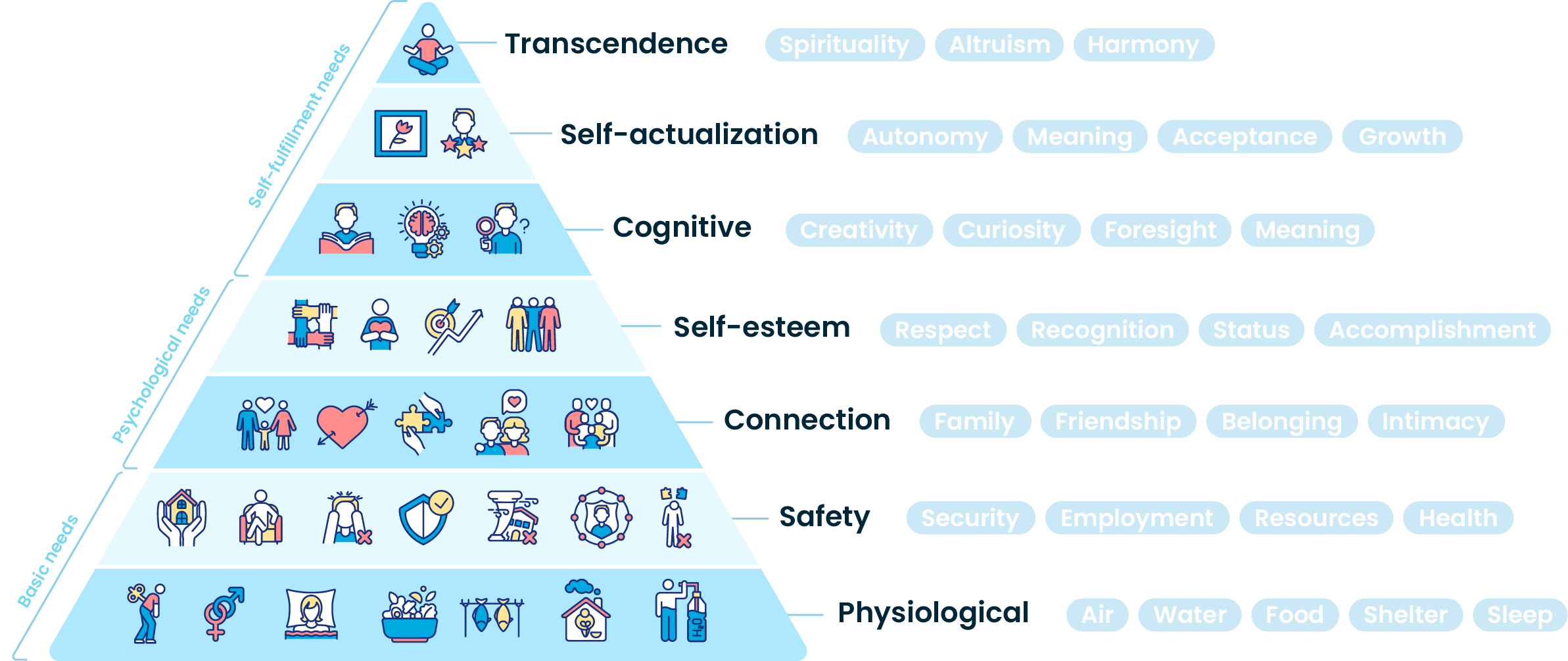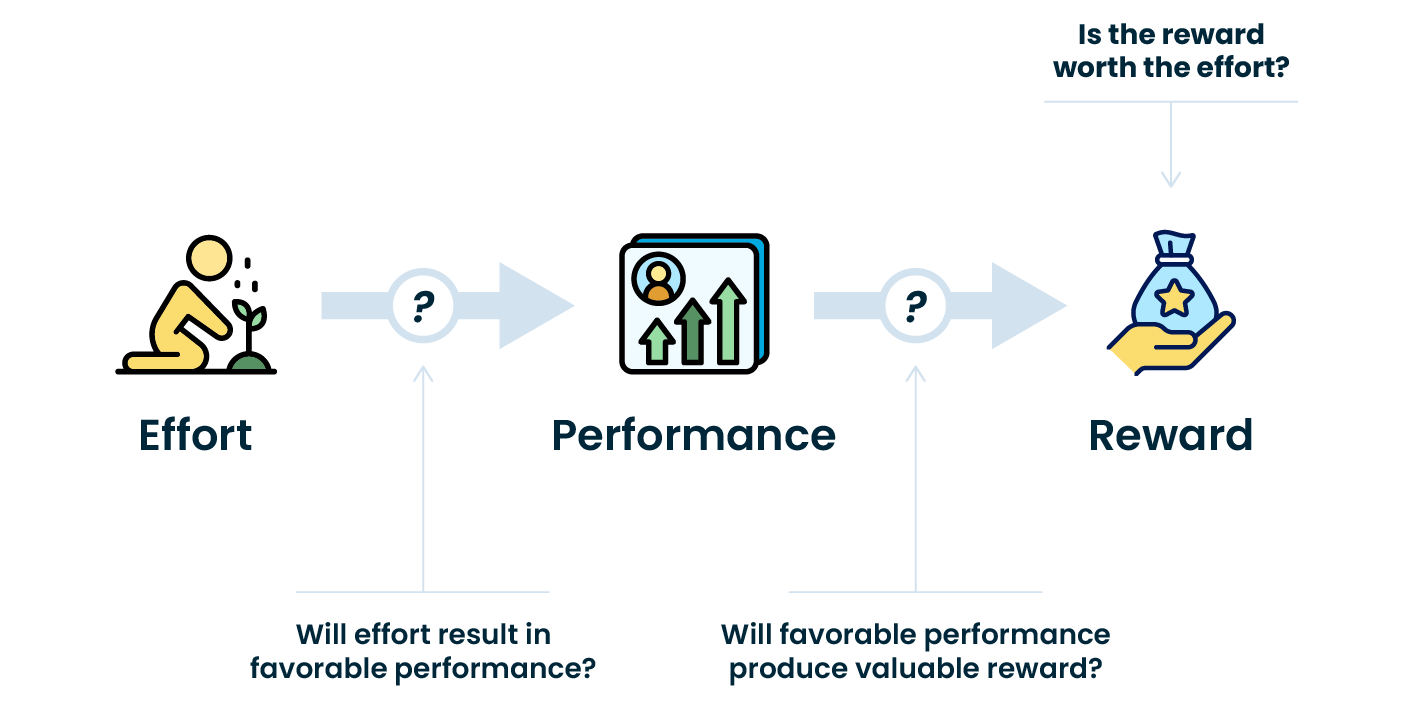Keeping Remote Teams Engaged
Introduction
Remote work has become the norm for many businesses, and it's not going away anytime soon. While it's true that not every function can be done remotely, for the many that can, embracing and integrating remote teams can become a real competitive advantage. However, it's not without its challenges. In this article, we want to focus on one of the most important aspects of optimal remote work: keeping team members motivated and engaged.
The Challenges of Remote Work
Remote work can be a double-edged sword. On one hand, it offers flexibility and freedom, but on the other, it can lead to feelings of isolation and disconnection. This is especially true for employees who are used to working in a traditional office setting. The lack of face-to-face interaction can make it difficult to build relationships and establish trust, which are essential for effective collaboration and teamwork.
Another challenge of remote work is the blurring of boundaries between work and personal life. When you work from home, it can be hard to switch off and disconnect from work, leading to burnout and decreased productivity. This is why it's important to establish clear boundaries and routines to help maintain a healthy work-life balance.
Finally, remote work can also make it difficult for team members to stay motivated and engaged. Without the social interactions and informal conversations that happen in an office setting, it can be easy for team members to feel disconnected and demotivated. This is why it's important for managers to find ways to keep their remote teams engaged and connected.
"It's essential to craft roles and responsibilities in ways that naturally engage our team members' curiosity and desire to achieve."
Where Does Motivation Come From?
Motivation is a complex and multifaceted concept that can be influenced by a variety of factors. In general, motivation can be broken down into two main types: intrinsic and extrinsic. Intrinsic motivation comes from within and is driven by a person's own desires and interests. Extrinsic motivation, on the other hand, comes from external sources, such as rewards, recognition, or pressure from others.
From the Outside In
Extrinsic motivation is generally the main approach when it comes to managing remote teams. This is because it's easier to measure and control than intrinsic motivation. The "default" way to manage extrinsic motivation usually involves supervision and accountability systems. In general terms, it means keeping tabs on team members to make sure their responsibilities are taken care of in a way that is satisfactory to the company.
This approach can be effective, and it's certainly necessary to some extent. However, it can introduce negative effects into collaborative environments, such as micromanagement, lack of trust and autonomy, and misaligned incentive structures. Ultimately, this can lead to "minimally satisfactory" performance; getting things done for the sake of crossing them off the list, rather than striving for excellence and value creation.
From the Inside Out
Intrinsic motivation, on the other hand, is a more powerful and sustainable source of motivation. It's driven from within, by a person's own desires and interests, rather than external reinforcement. When team members are intrinsically motivated, they are more likely to be engaged, proactive, and creative. They are also more likely to take ownership of their work and go above and beyond to achieve their goals.
The challenge with intrinsic motivation is that, when taking steps to boost or guide this elusive engine, whether our actions have had the intended effect is not always immediately apparent. In contrast to extrinsic motivation, intrinsic motivation is more about creating the right conditions for it to flourish. Extrinsic motivation, with its short term focus and measurable results, can often stand at odds with the long term, holistic focus of intrinsic motivation.
Intrinsic Builds Stronger Organizations
The intrinsic approach definitely requires a larger investment, both in terms of strategy and effort. If done right, however, it fosters a work environment in which team members are consistently proactive and take ownership of their work; not because they are required to, but because they are able to see the bigger picture and understand the value of their contributions. When intrinsic motivation is the driving force, work becomes a source of purpose, growth, and fulfillment. As a result, teams become more resilient, cohesive, and effective.
That's all well and good on paper, but how to actually attain this holy grail of organizational empowerment? As you can imagine, there is no one-size-fits-all answer. However, in what remains of this article, we will suggest some tools and strategies managers and team leaders can use to understand and leverage intrinsic motivation in remote team members.
"The autonomy we provide our remote teams isn't just about flexibility; it's about trusting them to make decisions that stir their intrinsic motivations."
Modeling Motivation
Maslow's Hierarchy of Needs
There are many models and theories of motivation, but one of the most widely recognized is Maslow's Hierarchy of Needs. According to Maslow, people are motivated to fulfill a hierarchy of needs, starting with basic physiological needs, such as food and shelter, and progressing to higher-level needs, such as self-actualization and personal growth. This theory suggests that people are motivated by a desire to fulfill their needs and that these needs can be organized into a hierarchy.

Maslow's Hierarchy has been widely criticized for its lack of empirical evidence. In addition, while the original theory proposed that people must fulfill lower-level needs before moving on to higher-level needs, research has shown that people can be motivated by multiple level needs at the same time. Despite these criticisms, Maslow's Hierarchy remains a useful framework for mapping out the factors that guide people's priorities and decision-making.
The idea behind considering a comprehensive framework such as Maslow's is to try and move away from looking at team members from the one-dimensional lens of their job function. Instead, managers and team leaders can develop holistic systems that take into account the full diversity of an individual's needs and the contextual multipliers given by the life stage they're in. By attempting to supply sources of fulfillment on multiple levels, team members are more likely to feel valued and understood, which in turn can lead to increased engagement, a sense of belonging, and ultimately, true motivation and commitment.
Let's look at a concrete example provided by the University of Minnesota: Consider a college student who, through no fault of their own, is broke, hungry, and homeless. They'll probably take any job that will pay for food and housing (physiological and safety needs), so they go to work repossessing cars. They're doing what they have to do to keep moving forward. At some point however, their student loan comes through, and with enough money to feed themselves, they can start looking for a job that's not so risky (a safety need). They find a job as a night janitor in the library, and though they feel secure, they start to feel cut off from their friends, who are active during day hours. They start to feel lonely and isolated (connection needs). So now they start a job selling pizza in the student center, which improves their social life but isn't terribly satisfying. They start to feel like they're not really contributing to anything (esteem needs), so they start looking again and land a job as an intern in the governor's office. They're doing something they believe in, and they're now looking at a path that will allow them to keep growing and improving themselves in a variety of ways (self-actualization).
We've seen how this hypothetical individual is motivated to make decisions and act in different ways depending on the fulfillment of their needs at each stage. So, the main drivers of behavior, before we even get to the organizational setting, are the individual's needs and the context in which they find themselves. It's easy to think in terms of performance and productivity, but it's important to remember that these are the results of a complex interplay of factors, and that the best way to influence them is to understand and address the underlying factors that drive them.
McLelland's Theory of Needs
While Maslow's Hierarchy of Needs can serve as a bird's eye view of motivation, David McLelland's Theory of Needs offers a more concrete and actionable perspective. He proposed that people are motivated by three main needs: achievement, affiliation, and power. According to McLelland, people are driven by a combination of these needs, with one need typically being dominant.

These do exactly what it says on the can. The Achievement need is the desire to excel and succeed at challenging tasks. People with a high need for achievement are motivated by a desire to accomplish goals and receive feedback on their performance. The Affiliation need is the desire to build relationships and feel connected to others. People with a high need for affiliation are motivated by a desire to be liked and accepted by others. The Power need is the desire to influence and control others. People with a high need for power are motivated by a desire to have an impact on others and make a difference in the world.
We can use these three needs as a lens to understand what drives team members and how to tailor our approach to motivate them. For example, team members with a high need for achievement may be motivated by challenging projects and opportunities for growth, while team members with a high need for affiliation may be motivated by team-building activities and opportunities to collaborate with others. By understanding what drives team members, managers and team leaders can create a work environment that fosters engagement and satisfaction.
Expectancy Theory
Victor Vroom's Expectancy Theory looks at employee performance based on individual factors such as personality, skills, knowledge, experience and abilities. The theory proposes that people are motivated to perform well when they believe that their efforts will lead to good performance, that good performance will be rewarded, and that the rewards they receive will satisfy an important need. In other words, people are motivated to put in the additional effort when the likelihood of a worthwhile reward is high enough.

This is the carrot side of the timeless "carrot or stick" approach. The main questions being asked here are whether the reward is worth the effort, and whether the effort is likely enough to lead to the reward. Although a rather crude way of looking at motivation, it's nonetheless worth it for managers to keep in mind that the trade must be perceived as fair and worthwhile for it to be a behavioral driver.
The framework proposed by Expectancy Theory brings the focus back into the basic considerations of compensation and incentives. It's a reminder that, while intrinsic motivation is the ultimate goal, extrinsic motivation is still a necessary part of the equation. In fact, this distinction is useful but artificial. They're two sides of the same coin, as intrinsic motivation can also be accurately described as the fruitful outcome of constructively aligned incentives.
Equity Theory
The last tool we want to offer you in this article is Equity Theory. This theory focuses on our perceptions of how fairly we're treated relative to others. It proposes that team members evaluate their contributions or job inputs (such as hours worked, education, experience, work performance) and compare them to their outcomes or job outputs (salary, benefits, recognition). They then compare this contributions-rewards ratio to that of their colleagues and produce a perception of fairness or unfairness.
When individuals perceive that the ratio of their contributions to rewards is comparable to that of their colleagues, they feel a sense of equity and are more likely to be motivated and engaged. However, when they perceive that the ratio is unfair, they may try to bring the ratio into balance, either by decreasing inputs (working fewer hours or refusing additional tasks) or by increasing outputs (asking for a raise).
Getting the Balance Right
In this article, we've explored a few frameworks and theories that can help managers and team leaders understand the factors that drive motivation and engagement. As you can tell, these can be applied to remote work as well as traditional office settings. In fact, these ideas are meant to shed some light on the universal drivers of human behavior, regardless of the context.
Applying these insights to a remote work environment does require some care and effort; it's easy to lose sight of the human side of things when we're all just pixels on a screen. However, by taking the time to get to know your team members and putting in place incentive structures that align their needs and goals to those of the organization, you can create a work environment that can become more than just a nine to five. It can become a source of purpose, growth, and fulfillment. As a result, you will also see a boost in performance metrics and a more cohesive and resilient team. A worthwhile investment, we'd say.
We hope this article has given you some food for thought and some tools to help you understand and leverage intrinsic motivation in your remote team members. If you have any questions or would like to learn more about how we can help you build a motivated and engaged remote team, please don't hesitate to get in touch.

